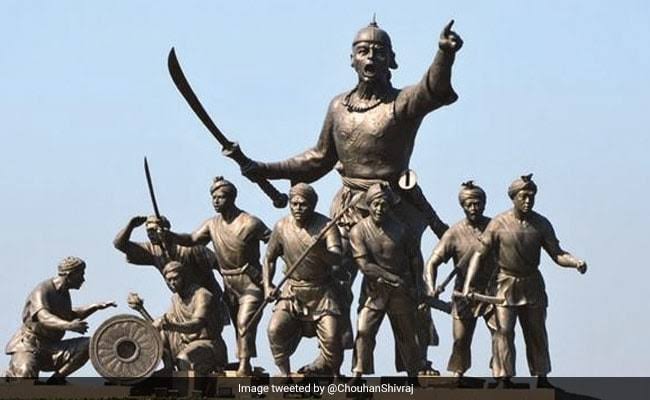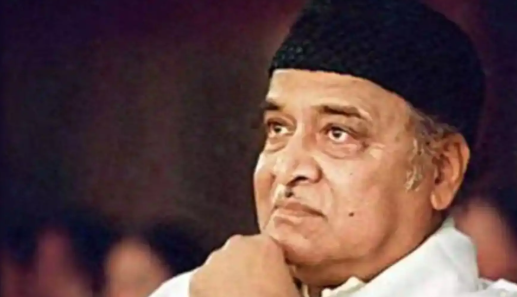The Battle of Saraighat
The Battle of Saraighat, fought in March 1671, was a defining moment in Assam’s history, where the Ahom Kingdom decisively defeated the Mughal Empire. Led by the legendary general Lachit Borphukan, the Ahoms used their naval expertise and strategic brilliance to protect their homeland along the Brahmaputra River. This guide dives into the history, key events, and lasting legacy of the Battle of Saraighat.
Background of the Battle of Saraighat
The Ahom Kingdom, ruling Assam since 1228, was a powerhouse in Northeast India. By the 17th century, the Mughals, under Emperor Aurangzeb, sought to expand their empire into Assam, targeting the strategic city of Guwahati. After the Ahoms recaptured Guwahati in 1667, the Mughals launched a counteroffensive, leading to the Battle of Alaboi in 1669, where the Ahoms suffered heavy losses. Determined to reclaim Assam, Aurangzeb sent a massive army led by Raja Ram Singh I, setting the stage for the epic showdown at Saraighat.
Why Was Saraighat Important?
The Battle of Saraighat was the Ahoms’ last stand to defend their independence. The Mughals, with a larger and better-equipped army, aimed to crush the Ahoms and control the Brahmaputra Valley. The Ahoms, under Lachit Borphukan’s leadership, used their knowledge of the river and guerrilla tactics to outsmart their enemies, making Saraighat a symbol of Assamese pride and resilience.
Key Events of the Battle of Saraighat
The Battle of Saraighat was a masterclass in strategy, fought primarily as a naval battle on the Brahmaputra River. Here’s how it unfolded:
1. The Mughal Advance
In 1671, Raja Ram Singh I led a formidable Mughal force of over 30,000 soldiers, including infantry, cavalry, and a strong navy, supported by artillery. The Mughals aimed to recapture Guwahati and dominate Assam. They set up their base near Saraighat, a narrow stretch of the Brahmaputra River, ideal for the Ahoms’ defensive strategy.
2. Lachit Borphukan’s Leadership
Lachit Borphukan, the Ahom commander, was gravely ill during the battle but refused to back down. He rallied his troops, numbering around 20,000, and prepared a brilliant defense. Despite the Mughal advantage in numbers and resources, Lachit’s knowledge of the Brahmaputra’s currents and terrain gave the Ahoms an edge. He famously declared, “My uncle is not greater than my country,” when his uncle neglected to build a fortification, ordering his execution to boost morale.
3. The Naval Battle
The battle took place on the Brahmaputra River, where the Ahoms’ small, agile boats (called bachari) outmaneuvered the larger Mughal vessels. Lachit used guerrilla tactics, including night attacks and fake retreats, to confuse the Mughals. The Ahoms blocked the river with iron chains and stakes, trapping Mughal ships and exposing them to archers and cannons from the riverbanks.
4. The Turning Point
As the battle raged, Lachit, despite his illness, boarded a boat to lead the charge himself, inspiring his troops. The Ahoms launched a fierce counterattack, sinking Mughal ships and scattering their forces. The Mughals, unable to navigate the river’s strong currents, suffered heavy losses and retreated in disarray.
5. The Outcome
The Battle of Saraighat ended in a decisive Ahom victory. The Mughals were forced to abandon their campaign in Assam, and Guwahati remained under Ahom control. This victory marked the end of Mughal attempts to conquer Assam, solidifying the Ahom Kingdom’s independence.
Why the Battle of Saraighat Matters
The Battle of Saraighat is celebrated as one of the greatest military victories in Indian history. It showcased the Ahoms’ courage, strategic genius, and deep connection to their land. Lachit Borphukan’s leadership, despite his failing health, remains a powerful symbol of sacrifice and patriotism. The battle also highlighted the importance of naval warfare and local knowledge in overcoming a stronger enemy.
Legacy of Saraighat
- Lachit Borphukan’s Legacy: Lachit is a hero in Assam, with the Lachit Borphukan Gold Medal awarded annually to the best cadet at the National Defence Academy.
- Cultural Pride: The battle is a source of pride for Assamese people, celebrated through festivals, literature, and memorials.
- Historical Impact: Saraighat ensured Assam’s independence, preserving its unique culture and identity against Mughal expansion.
Key Figures in the Battle
- Lachit Borphukan: The Ahom general whose bravery and tactics secured victory. His famous quote, “My country is greater than my family,” reflects his dedication.
- Raja Ram Singh I: The Mughal commander who led a massive but ultimately defeated army.
- Udayaditya Singha: The Ahom king who supported Lachit’s efforts to defend Assam.
- Madanavati: A female Mughal warrior who played a role in earlier clashes, showing the diverse tactics used by both sides.
Interesting Facts About the Battle of Saraighat
- The battle was fought primarily on water, making it one of India’s most famous naval battles.
- Lachit Borphukan was so ill that he had to be carried onto his boat, yet he led the charge with unmatched courage.
- The Ahoms used the Brahmaputra’s strong currents to their advantage, trapping Mughal ships in dangerous waters.
- The victory at Saraighat ended Mughal ambitions in Assam, marking a rare defeat for Aurangzeb’s empire.

Why You Should Know About the Battle of Saraighat
The Battle of Saraighat is a story of courage, strategy, and determination. It shows how a smaller, determined force can defeat a mighty empire through clever tactics and unity. Lachit Borphukan’s leadership inspires people today, reminding us of the power of standing up for one’s homeland. Learning about Saraighat connects us to Assam’s rich history and the enduring spirit of its people.
How Saraighat is Remembered Today
- Lachit Divas: Celebrated annually on November 24 to honor Lachit Borphukan’s contributions.
- War Memorials: Monuments and statues across Assam commemorate the battle and its heroes.
- Cultural Works: Books, plays, and songs keep the story of Saraighat alive in Assamese culture.
- X Tributes: Recent posts on X (as of August 5, 2025) highlight ongoing pride in Lachit’s legacy, with users sharing quotes and images of memorials.
Conclusion
The Battle of Saraighat, fought in March 1671, was a triumph of courage and strategy that secured Assam’s independence from the Mughal Empire. Led by Lachit Borphukan, the Ahoms proved that determination and local knowledge could overcome even the mightiest foes. This historic victory remains a cornerstone of Assamese identity and a lesson in resilience. Have you heard of Lachit Borphukan’s heroism before? Share your thoughts or questions in the comments!
Also See: The Battle of Saraighat: Assam’s Epic Victory over the Mughals
Also See: the Bairobi-Sairang railway line: an engineering marvel





